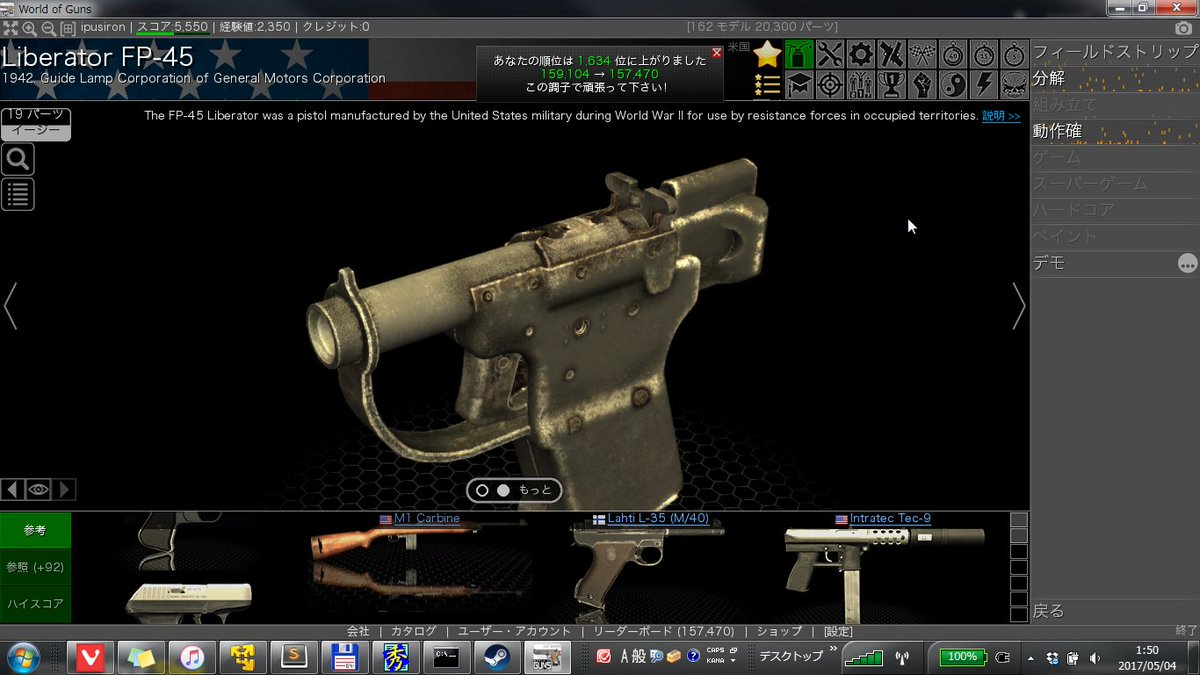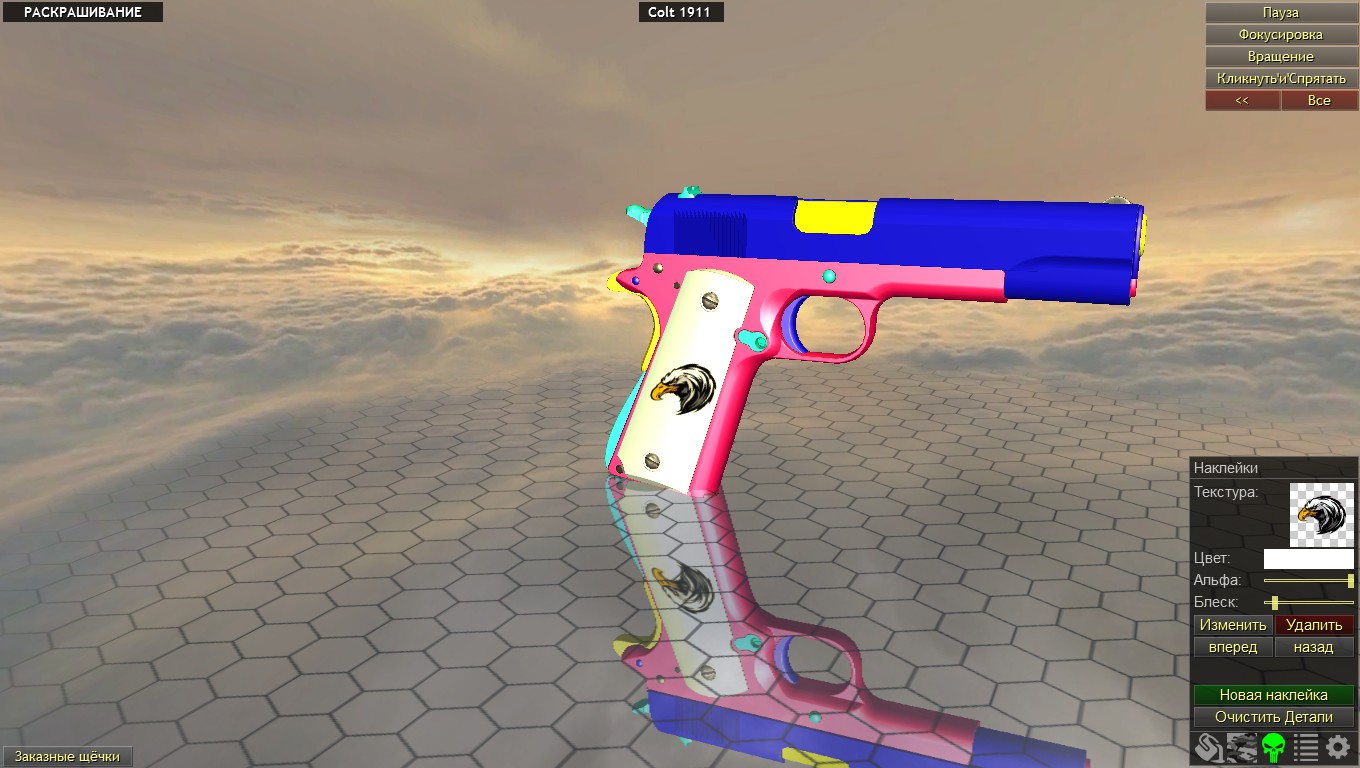


About 40,000 of the type were manufactured until 1944, with many going into the hands of the Waffen SS. It was exported to Sweden and Ethiopia and also saw extensive use in the Spanish Civil War. The MP35 was another interwar German submachine gun, designed by the Bergmann brothers. It was adopted by the Austrian police and army in the 1930s, and they were taken over by the Germans after German annexation of Austria in 1938. Consequently, its production costs were extremely high. The MP 34 was manufactured from the very best materials available and finished to the highest possible standard. Another variant based on the MP 18 was the MP 34 that was manufactured by the Germans through the Swiss front company Solothurn. The MP 28 was manufactured in Belgium and Spain, and was widely exported from there, including to China and South America. In 1928 a new version of the MP 18, the MP 28, saw the light of day, it featured the new box magazine as standard, a bayonet lug and a single shot mode. In the 1920s a new, more reliable box magazine was developed for the MP 18 to replace the older snail-drum magazines. They also saw use in the hands of various paramilitary Freikorps during the aftermath of the German Revolution. Germany transferred its MP 18s to the German police forces after World War I. The United States Marine Corps adopted the Thompson during this period, they used them during the Banana Wars in Central America and it was also used by the China Marines. Eventually, the submachine gun was gradually accepted by many military organizations, especially as World War II loomed, with many countries developing their own designs. police forces themselves showed no reluctance to use and prominently display these weapons. due to its employment by the Mafia: the image of pinstripe-suited James Cagney types wielding drum-magazine Thompsons caused some military planners to shun the weapon. In the interwar period, the Thompson, nicknamed "Tommy Gun" or "Chicago Typewriter" became notorious in the U.S. Although it had missed its chance to be the first purpose-designed submachine gun to enter service, it became the basis for later weapons, and was much more successful than the other submachine guns produced during World War I. However, the war ended before prototypes could be shipped to Europe. 45 ACP Thompson submachine gun had been in development at approximately the same time as the Bergmann and the Beretta. Thompson M1921 SMG with 100-round drum magazine In addition, some compact assault rifles, such as the Colt XM177 and HK53, have been historically referred to as submachine guns as they served in the latter's role. Also, Personal Defense Weapons such as the FN P90 and H&K MP7 are often called submachine guns. However, the term " machine pistol" is also used to describe a handgun-style firearm capable of fully automatic or burst fire, such as the Stechkin, Beretta 93R and the H&K VP70. Other sources refer to SMGs as "machine pistols" because they fire pistol-caliber ammunition, for example, the MP-40 and MP5, where "MP" stands for Maschinenpistole ("Submachine gun" in German, but cognate with the English term "Machine pistol"). British Commonwealth sources often refer to SMGs as "machine carbines". There are some inconsistencies in the classification of submachine guns. 2.5.1 Submachine guns in the Korean War.However, submachine guns are still used by military special forces and police SWAT teams for close-quarters battle (CQB) because they are "a pistol-caliber weapon that's easy to control, and less likely to overpenetrate the target". Today, submachine guns have been largely replaced by assault rifles, which have a longer effective range and are capable of penetrating the helmets and body armor used by modern infantry.

However, by the 1980s, SMG usage decreased. After the war, new SMG designs appeared frequently. At its peak during World War II (1939–1945), millions of SMGs were made for use by regular troops, clandestine commandos and partisans alike. The submachine gun was developed during World War I (1914–1918) as a close quarter offensive weapon, mainly for trench raiding. As a machine gun must fire rifle cartridges to be classified as such, submachine guns are not considered machine guns. Thompson, the inventor of the Thompson submachine gun, to describe its design concept as an automatic firearm with notably less firepower than a machine gun (hence the prefix " sub-"). The term "submachine gun" was coined by John T. Thompson holding a Thompson M1921Ī submachine gun ( SMG) is a magazine-fed, automatic carbine designed to fire handgun cartridges.


 0 kommentar(er)
0 kommentar(er)
